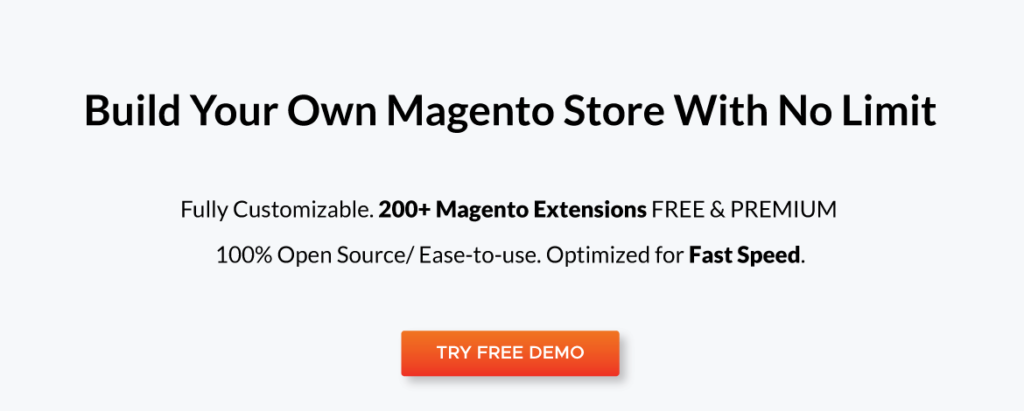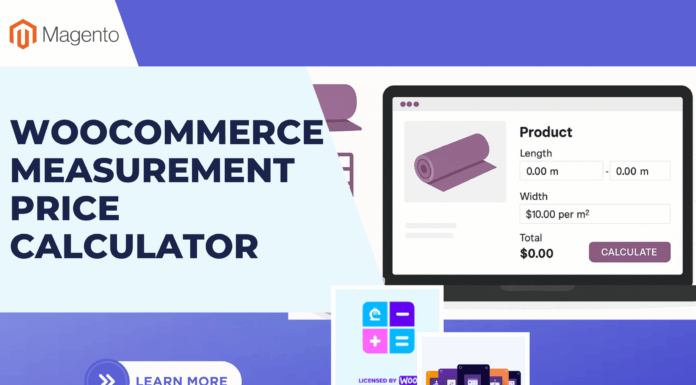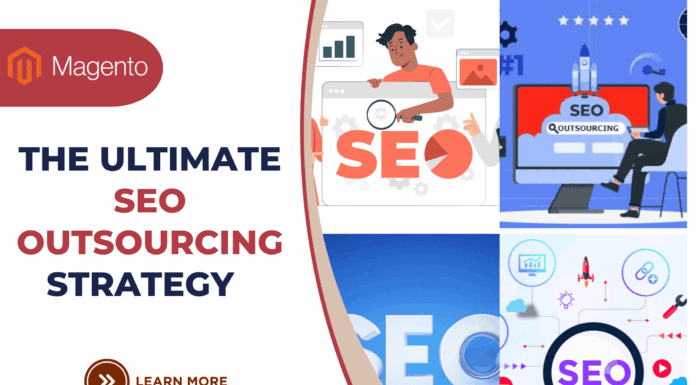
The growing popularity of the internet has enabled the general public to earn money through hitherto unexplored routes. As a result, selling a variety of items and services on the internet has become a popular way for people to make money.
It is clearly not an easy task to start an eCommerce online store where you have to look at a million things at once. So today, let’s find out How to start an eCommerce Online Store? Step by step and important things to consider before starting your online store
Table of Contents
I. Why e-commerce is so important for your business?
1.1. Are you able to expand your brand?
By providing great goods 24/7 a day, as well as online customer service, blogs, and social media, your business can become the home of your products as well as the general residence of your company, enabling users to fully broaden your due to the range without needing to worry regarding having to move places or fretting about being not able to expand your business.
1.2. It’s more accessible
An online business operates 24 hours a day, seven days a week, allowing your clients to shop whenever they want, regardless of their schedule. People nowadays don’t always have time to go shopping; instead, an increasing number of people prefer to shop online for the goods they need or want.
So if your company can provide this for your customers, there’s no reason why you shouldn’t appeal to a wide variety of customers looking for a simple and accessible experience.
1.3. Extend your reach
Thousands of people around the world can read your site at any moment thanks to the internet’s accessibility, which means that individuals planning to broaden their enterprises and connect out to a broader audience have a lot more options. When you compare the number of individuals you can reach through a webpage to the number of people you can contact through such a traditional retail store or advertising.
1.4. Gives you opportunities for marketing
Your website is among the most powerful marketing tools you have; not only can using SEO when building one’s site increase the likelihood of your business being found in search results, but a variety of other marketing techniques, such as pay-per-click advertising, social media marketing, and email marketing, can all include backlinks.
1.5. Expand your product line along with your audience
As your company expands, you’ll most likely want to expand your product line and intended audience, and also develop your company to meet client needs and consumer demand. An eCommerce site allows you to develop your business as needed, allowing you to add additional lines, more payment choices, and even expand where you ship to, all having to worry about moving to a larger location like you would with a retail location.
Businesses can benefit from eCommerce in a variety of ways, from marketing to expanding product lines to increasing sales, and with a well-designed and optimized website, you can not only accomplish these goals but also provide your customers with a convenient, round-the-clock service that can help you grow your business.
II. Step-by-step you must follow to start an e-commerce online store
2.1. Study the e-commerce market and identify your target market
Conducting appropriate research is the very first step in understanding how to establish an e-commerce firm. You’ll want to explore the e-commerce field you’re interested in or make some judgments about your unique business, just like you would if you were running a business and looking at multiple places, and themes.
You should think about what your eCommerce business is and whether it is a service-oriented business or whether you want to sell things as well. You’ll also have to figure out where you’ll get your products and what kind of business plan you’ll use. During this process, you’ll also want to consider things on a larger scale.
These points of view, among many others, will be crucial at the start of your firm and will aid you in developing and writing your business plan. Although the expansion of the e-commerce market is beneficial to individuals learning how and where to launch an e-commerce firm, it also means that there is more competition.
2.2. Choose a name for your business and what kind of a business it will be
After you’ve finalized your e-commerce business plan, the following step is to get a name. You’ll want a name that is both unique and clearly identifies what your company is or does, just like every other firm. To make sure you’re not selecting a company that has already been claimed by another company, check the websites of your local secretary of state and the local Patent and Trademark Office.
Even if you haven’t paid much attention to your website yet, it’s essential to check to see if the domain name you want for your business is available. If your domain name is already taken, you might want to think about another business name or a different structure.
Next, decide on the legal structure of your company.
The legal and financial ramifications of the company operating type you choose for your e-commerce company are significant. Mostly you would have to choose between a sole proprietorship or a partnership business. Each of these entity types has advantages and disadvantages, so you may want to seek legal advice from a lawyer or another legal professional to determine which is the best option for your company.
You won’t have to register in the state where you’re doing business if you create a sole proprietor or general partnership.
2.3. Obtain an EIN
You will then need to apply for an EIN or employer identification number to support your e-commerce business. Although not all types of businesses are required to acquire an EIN, this 9-digit number can help you keep your personal and business finances separate.
Furthermore, you can obtain an EIN from the government for free by applying online, by email, by fax, or by phone. Because you’re understanding how to establish an e-commerce firm, you’ll probably want to apply for this corporate tax ID online, and you’ll get your number almost immediately.
2.4. Obtain the necessary permits and licenses
You don’t need to register your e-commerce firm with the state if you’ve formed it as a sole proprietor or general partnership, as we discussed above if you’re filing a DBA to lawfully trade under a certain business name. However, you must register your firm with your state and obtain a general license to operate for the other registered business categories. Additionally, you are also required to hire a registered agent for both categories. Options for registered agents include Northwest Registered Agent, ZenBusiness, etc.
You might also have to obtain a municipal operating license, depending on where your firm is. You’ll need to figure out what the precise criteria are in your area, which you can generally find out by visiting your local or state government’s website. This form of permit just certifies that conducting your company out of your home does not increase traffic, noise, or other undesirable conditions in your neighborhood.
2.5. Create your website using an e-commerce platform
You’ve finished the documentation required to register and lawfully start your e-commerce firm at this point. In this way, the majority of our previous processes have mimicked the process of launching a physical store. Instead of looking for a place and planning to open a physical store, you’ll instead focus on building your website or online store.

This website, like a real storefront, will be the face of your company – it’ll be the first thing your customers see and how they’ll use it to explore and buy your items or services. With this in mind, one of the most crucial aspects of launching your e-commerce business will be creating your website. As you build your online store, you’ll want to keep the following points in mind: As previously discussed, you’ll want to consider your domain name first. Your domain name should (at the very least) be a close match to your company name.
Most importantly, you’ll need to choose an e-commerce platform. Your e-commerce platform, whether it’s all-in-one software like Shopify or a public network like Magento, will be the foundation on which you construct and grow your online business. Most e-commerce platforms let you modify your design, add the personal domain (or buy one), inventory levels, take and ship orders, accept payments, and more.
2.6. Product development or sourcing products
You’re almost done with the process now that you’ve selected your e-commerce platform and launched your website. Next, you need to find a source of goods to sell. When you did your homework in step one, you should’ve already thought about how you’re going to approach this process. You can produce your own products, purchase them from wholesalers, or — if you’re offering your own services, such as as a consultant — just describe and list them on your company website and the most thing is to develop your product photo online that will attract more customers. If you need to develop it you can follow importance of clipping path that will be more helpful for your consumers.
2.7. Promote your eCommerce store
At even the most basic level, you’ll really like to improve your business site for SEO and use any digital marketing tools that your e-commerce platform provides. If you’re unsure how to make the most of these tools, a digital marketing specialist can guide you. You’ll want to keep a record of which marketing methods are working and what’s not after your e-commerce firm is up – and – running and you start receiving orders — especially whether you’re investing the money in them. You’ll be able to tweak and adapt your marketing plan as time goes on to see what performs best for your company.
Finally, in an eCommerce or online business, images are one of the most important elements in any eCommerce store. I think a quality background removal service will help you impress your customers with the best images.
III. Important things to consider before starting your online store
3.1. What products do you plan to offer?
Choosing the things to sell on your online marketplace is one of the most crucial decisions you’ll make. Start small, with a few choice products based on a specialized niche, such as kid’s products, fishing equipment, hiking gear, travel devices, hemp products, and so on.
Start with a few things in that area; as your business grows, you could always add more items to your store. Examine your rivals to see who you’re up against. Make absolutely sure you choose a niche that you’re passionate about. If you’re not passionate about what you’re selling, you’ll rapidly lose it.
3.2. Product inventorying and drop shipping
The next step is to decide whether you want to work with drop delivery companies who will ship goods directly to the consumer after you receive orders, or if you prefer to buy the stock at cost price directly from manufacturers, warehouse the products, and then send the goods directly to the customers.
Each of these choices has advantages and disadvantages, and you’ll probably need a mix of drop shippers and things you’ll have in stock. To store your goods inventory, you’ll need space at your home or a leasing place. When possible, work directly with the producers if you dropshipping things.
Remember that you’ll likely be charged a drop-ship fee in addition to shipping fees, so keep track of all of your expenses in a worksheet to figure out how much money you will earn on each product.
3.3. Return procedures
Any online store must have a robust refund policy in place. Making the refund policy clear is important not only for your team but also for gaining your consumers’ trust. Do you, for example, repay a customer’s shipping charges if they return an order? Do you give them a complete refund or impose a “restocking” fee? Consider whether you’ll be able to resell the item after it’s been returned.
Many manufacturers, for example, deliver boxes that are sealed, making it harder to resell those things because customers frequently break the item box while opening and removing the seal. Part of a refund policy is also determined by the things you offer. For example, if you’re marketing fishing equipment and someone returns a fishing rod, you can’t lawfully resell the fishing rod for health and sanitary reasons.
As a result, accepting returns on a fishing rod would leave you with a loss on that sale. Intimate garments, swimsuits, cosmetics, and a variety of other products face similar problems. Consider whether you’ll need to specify separate rules for different things you offer when establishing your return policy.
3.4. Make sure you have a business plan
You must first create an adequate business strategy before you begin your internet business. The success of a firm depends on proper planning. Your business strategy should provide a specialty in which you will work, as well as an estimate of your chances of success.
Final words
There are numerous benefits to starting an eCommerce business rather than a brick-and-mortar one: the initial investment is much lower, you can start small or large, and your online marketplace can operate 24 hours a day, seven days a week for consumers all over the nation (or the world, if you’re willing to ship that far).
It’s also quicker and less expensive to grow operations if necessary, making e-commerce all the more appealing to ambitious entrepreneurs. If you want your company to become an internet success story, you’ll need to take some key measures and invest some money.
Maintain tax compliance, secure appropriate permits, engage in client retention and communications, and don’t forget to design a mobile-friendly platform for your e-commerce website, just like you would for any other business: According to King, mobile devices account for 60% of her sales.
Author bio
Arif Mondol is an SEO Specialist and content marketer at UK Clipping Path. He is responsible for the content and SEO strategy of UK Clipping Path. He helps businesses increase their brand visibility with his content marketing and SEO technique.












![[SALE OFF] Discount 30% All Premium Extensions On Christmas And New Year 2025 christmas-and-new-year-2025](https://landofcoder.b-cdn.net/wp-content/uploads/2024/12/christmas-and-new-year-2025-1-218x150.png)







Such an amazing post it was. I loved to read this post. Really thanks for sharing.
Comments are closed.